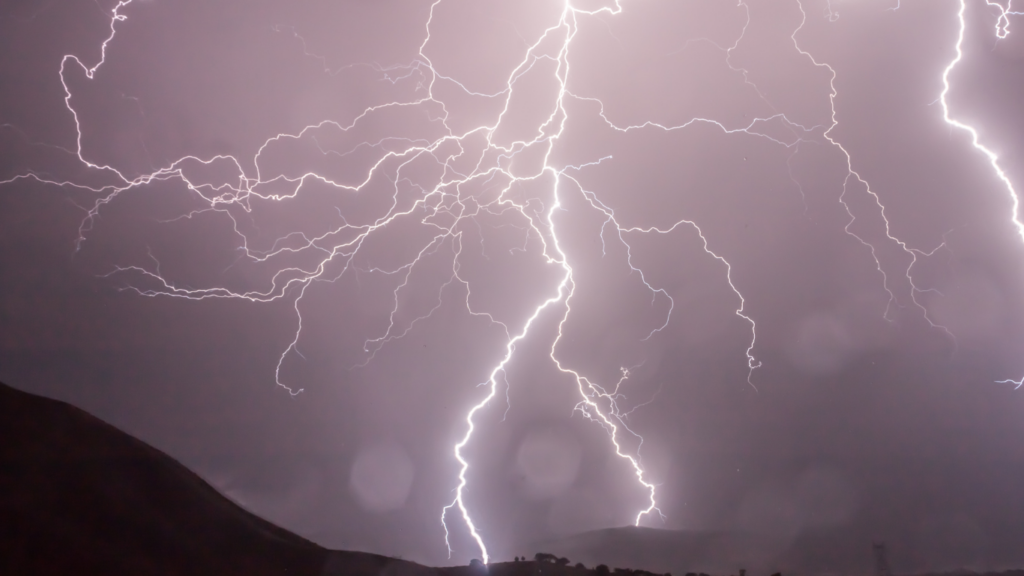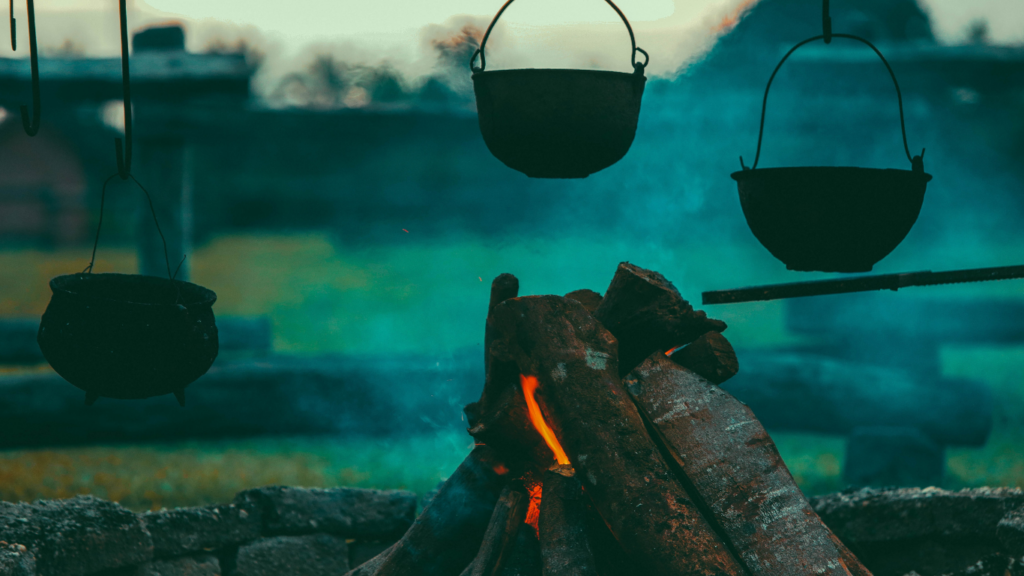Understanding Extreme Outdoor Conditions
Experience has shown that understanding extreme outdoor conditions is crucial for survival. It’s important to recognize the different types of weather and their effects on human health and safety.
Types of Extreme Weather
Extreme weather conditions vary widely. Blizzards bring heavy snow and strong winds, creating low visibility and dangerous travel conditions. Heatwaves, on the other hand, result in high temperatures and humidity, increasing the risk of heat-related illnesses like heatstroke. Thunderstorms, featuring lightning, heavy rain, and strong winds, can cause flash floods and power outages. Additionally, tornadoes, with their powerful rotating winds, can cause immense damage to anything in their path. Lastly, hurricanes combine severe winds, heavy rain, and storm surges, leading to widespread destruction and flooding.
Impact on Human Health and Safety
Each extreme weather event significantly impacts human health and safety. During blizzards, the risk of hypothermia and frostbite increases due to freezing temperatures and wind chill. Heatwaves can cause dehydration, heat exhaustion, and heatstroke, which may be fatal if not treated promptly. Thunderstorms present the danger of lightning strikes, which can cause serious injuries or death. Tornadoes result in physical injuries from flying debris and structural collapses. Hurricanes pose multiple threats, including drowning from storm surges and being hit by debris in high winds.
Awareness of these conditions and their potential hazards is vital for anyone engaging in outdoor activities.
Essential Gear for Survival
Surviving outdoors during extreme weather demands the right gear. Proper preparation increases safety and comfort in challenging environments.
Clothing And Footwear
Weather-appropriate clothing and durable footwear increase your chances of survival in extreme conditions.
- Layered Clothing: Thermal base layers, insulating mid-layers, and waterproof outer layers keep you warm and dry.
- Footwear: Sturdy boots with good ankle support protect from injuries. Ensure they’re waterproof in wet conditions.
- Accessories: Hats, gloves, and scarves prevent heat loss in cold weather, whereas sun hats and sunglasses shield against UV rays in heatwaves.
Shelter And Sleeping Bags
Adequate shelter and sleeping arrangements ensure you remain protected from the elements.
- Tents: A four-season tent provides shelter in all weather conditions. Ensure it is windproof and waterproof.
- Sleeping Bags: Insulated sleeping bags rated for the lowest expected temperature keep you warm. Use sleeping pads to add an extra layer of insulation from the ground.
- Tarps and Bivvy Bags: Use tarps for an additional layer of protection over tents or as temporary shelter. Bivvy bags offer compact protection when carrying a tent isn’t feasible.
Tools And Equipment
Essential tools and equipment enhance survival chances in adverse conditions.
- Multitool: A reliable multitool with knife, pliers, and screwdriver functions offers versatility for various tasks.
- Fire Starters: Waterproof matches, lighters, and fire-starting kits ensure you can create warmth and a signal for help.
- Navigation Aids: Maps, compasses, and GPS devices prevent getting lost. Always carry an extra battery or power bank for electronic devices.
- First Aid Kits: Comprehensive first aid kits treat injuries and prevent infections. Include items like bandages, antiseptics, and splints.
Essential gear aids in coping with extreme weather by providing warmth, shelter, and functionality, ultimately enhancing safety and comfort.
Techniques for Staying Safe

Surviving extreme conditions outdoors requires practical knowledge and strategies. Here are critical techniques for staying safe.
Navigation and Orientation
Carrying and understanding maps and compasses enhance safety. GPS devices add reliability but need batteries. Learning to read natural signs like the sun, stars, and terrain features helps when devices fail. Training in these methods prevents disorientation and aids in planning safe routes.
Signal and Communication
Carrying multiple signaling devices ensures better communication. Whistles, mirrors, and flares catch attention during the day, while flashlights and beacons work well at night. Satellite phones and personal locator beacons (PLBs) offer reliable communication when cell networks are unavailable. Using standardized SOS signals, such as three blasts on a whistle, attracts rescuers fast.
Food and Water Procurement
Collecting and purifying water from natural sources prevents dehydration. Portable filters and purification tablets are effective. Learning edible plant identification and basic fishing or trapping techniques ensures continuous food supply. Packing non-perishable, high-calorie foods like nuts, dried fruits, and energy bars is essential for emergencies.
Mental and Physical Preparedness
Mental and physical preparedness plays a crucial role in surviving extreme outdoor conditions. By building resilience and maintaining physical fitness, one can significantly increase the chances of survival.
Building Resilience
Resilience is essential for enduring harsh conditions. Developing a strong mindset by practicing stress management and problem-solving techniques can make a big difference. For instance, deep-breathing exercises and visualization help stay calm during emergencies. Exposure therapy, like gradually facing uncomfortable weather, also enhances mental toughness. Regularly engaging in challenging yet controlled environments fosters adaptability.
Physical Training and Fitness
Physical fitness equips the body to withstand and recover from extreme conditions. Incorporate endurance training, such as running or swimming, to improve cardiovascular health. Strength training exercises, like push-ups and squats, build muscle endurance and stability. Flexibility routines, including yoga or stretching, prevent injuries and improve mobility. Combining these aspects ensures comprehensive physical readiness for any outdoor challenge.
By focusing on both resilience and fitness, one can be better prepared mentally and physically for unexpected situations outdoors.





